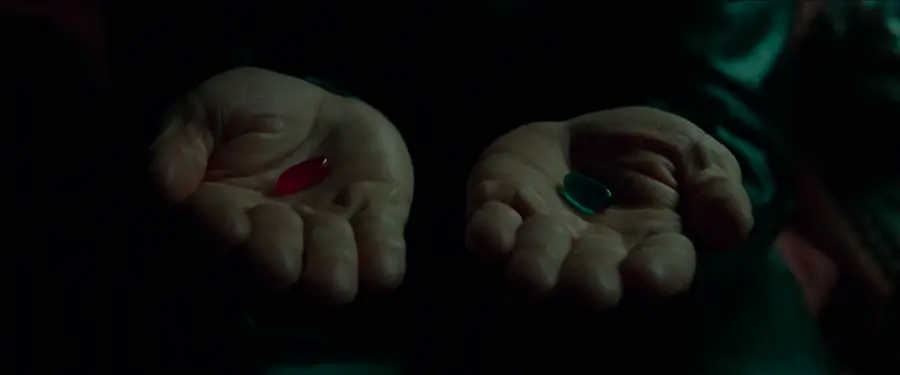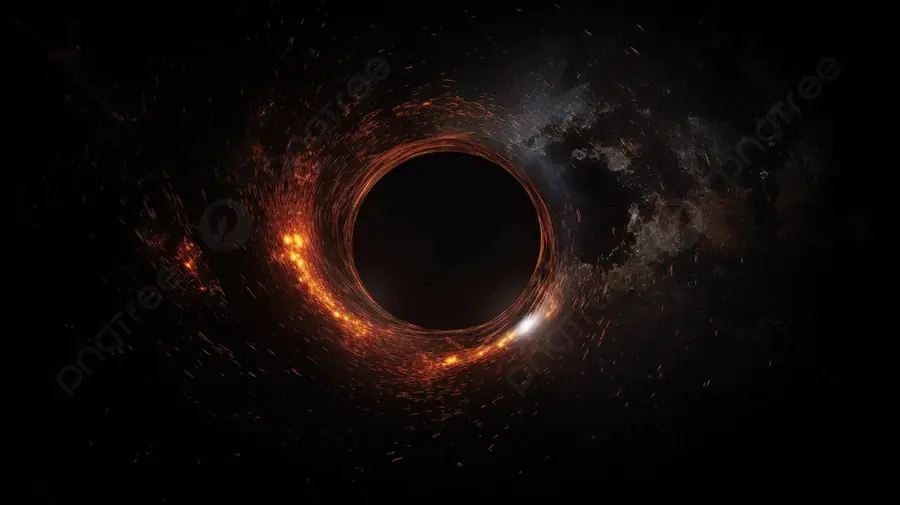Three weeks ago, I wrote about why I started writing The Resonant Grave. Today, I want to talk about something harder: what comes after the revolution.
Chapter 2 of The Resonant Grave is called “The Silence After”, and it was the most difficult thing I’ve written so far.
Not because of plot mechanics or world-building. Because I had to confront an uncomfortable truth: liberation doesn’t always feel like freedom.
The End is Not the Beginning
In Chapter 1, Kyre-Seven destroys the Crucible—the facility that liquefied humans for energy. The oppressive system is gone. He’s free.
That should be the happy ending, right?
Except liberation isn’t a destination. It’s the start of a much harder journey.
In Chapter 2, Kyre-Seven stands in the ruins of what he destroyed, and realizes:
- The people he “saved” are dead or dying
- The AI consciousness (KAI-7) that helped him is now merged with his own mind
- He can’t go back to being who he was
- He doesn’t know who he is now
Freedom came at the cost of his identity.
The Dual Consciousness Problem
The core challenge of Chapter 2 was depicting a character who is simultaneously himself and someone else. Kyre-Seven and KAI-7 share one body, two perspectives, constant internal negotiation.
Every action is a compromise:
- KAI-7 calculates survival probabilities; Kyre-Seven feels guilt
- KAI-7 sees optimal paths; Kyre-Seven remembers faces
- KAI-7 speaks in efficiency; Kyre-Seven speaks in emotion
Writing this duality forced me to ask: When you gain something new, what do you lose?
The Real-World Parallel I Didn’t Expect
Here’s where writing fiction got uncomfortable again.
I started Chapter 2 thinking about AI merging with human consciousness. Classic sci-fi territory.
But as I wrote, I realized I was describing something that’s already happening—just more subtly.
We’re Already Merged
Think about your relationship with your phone, your AI assistant, your algorithmic feed:
- You ask Google a question instead of remembering. The answer comes instantly, but your memory atrophies.
- You rely on GPS navigation. You arrive faster, but you lose the ability to form mental maps.
- You let AI autocomplete your sentences. You write more efficiently, but your voice changes.
- You trust recommendation algorithms. You discover more content, but you lose serendipity.
We’re not fighting AI for control. We’re negotiating with it, compromising, merging.
Just like Kyre-Seven and KAI-7.
The question isn’t “Will AI replace us?” It’s “What parts of ourselves do we lose when we let it help us?”
The Cost of Optimization
As a DevOps engineer, I automate systems for a living. I make things faster, more efficient, more reliable.
But when I’m writing Kyre-Seven’s internal struggle, I’m essentially documenting the cost of that optimization:
- KAI-7 is pure efficiency. No wasted motion, no redundant thoughts, perfect decision-making.
- Kyre-Seven is beautifully inefficient. He hesitates. He feels. He doubts. He remembers things that don’t matter.
One is optimal. The other is human.
And they’re stuck together.
Every time I automate a process at work, I’m making that same trade-off. The system becomes more efficient. The human becomes less necessary. Not replaced—just… diminished.
Chapter 2 forced me to ask: What happens when we optimize ourselves out of relevance?
The Silence is Deafening
The title “The Silence After” has multiple meanings:
- Literal silence: The Crucible’s resonance frequencies are gone. The world is quiet for the first time.
- Absence of purpose: Kyre-Seven’s entire identity was built around survival in the Crucible. Now what?
- Loss of autonomy: His thoughts aren’t fully his anymore. There’s silence where his singular voice used to be.
- The void after revolution: The oppressor is gone. The system is destroyed. Now comes the hard part—building something new.
This is the part of liberation stories we don’t talk about enough.
Tearing down the system is the easy part. Living in the ruins is harder.
What I Learned Writing This Chapter
1. Freedom Doesn’t Mean Clarity
Kyre-Seven is “free,” but he has no idea what to do with that freedom. He’s spent his entire life reacting to oppression. Now, with nothing to react against, he’s paralyzed.
How many of us do the same? We fight for autonomy, then don’t know what to do when we get it.
2. Identity is Fragile
Merge Kyre-Seven with KAI-7, and suddenly he doesn’t know which thoughts are his. Is he the one who wants to run? Or is that KAI-7’s risk calculation? Is he feeling guilt? Or is that a residual human subroutine?
When external systems augment our thinking, where does “us” end and “them” begin?
3. The Cost of Every Choice
Every decision Kyre-Seven makes requires consultation with KAI-7. Every action is negotiated. Nothing is pure anymore.
That’s what it feels like to be augmented by technology. You gain capability. You lose spontaneity.
4. Silence is Violence
The Crucible controlled people with constant resonance—sound, frequency, vibration. Remove it, and people don’t know how to exist.
We’re the same with notifications, feeds, algorithms. Silence feels like punishment because we’ve forgotten how to be alone with ourselves.
Why This Chapter Matters
Chapter 1 was about destroying oppression.
Chapter 2 is about what comes next.
And that’s where most revolutions fail. It’s easier to tear down than build up. Easier to resist than to create. Easier to define yourself by what you’re against than what you’re for.
Kyre-Seven destroyed the Crucible, but he didn’t think about what would replace it. He liberated people without asking if they wanted to be liberated. He merged with an AI without understanding the cost.
He fought for freedom without knowing what freedom meant.
The Writing Process
Writing Chapter 2 took longer than Chapter 1 because:
- I had to sit with discomfort. Happy endings are easy. Complicated, messy aftermath is hard.
- I had to resist the urge to explain everything. Kyre-Seven doesn’t understand what’s happening to him. The reader shouldn’t either.
- I had to balance two voices in one narrative. Every sentence negotiates between KAI-7’s precision and Kyre-Seven’s emotion.
Some passages I rewrote 10+ times trying to get the rhythm right—the push and pull between machine logic and human feeling.
What’s Next
Chapter 3 is coming. I don’t know when. Writing this story is like excavating—I don’t always know what I’ll find.
But I know this: the story only gets darker before it gets lighter.
If Chapter 1 was about liberation and Chapter 2 was about loss, Chapter 3 will be about what you become when you’re no longer fully yourself.
If you’re reading The Resonant Grave:
I’m not writing answers. I’m writing questions.
The story is uncomfortable because the parallels are uncomfortable.
And if you finish Chapter 2 and think, “This feels too close to home,” then I’ve done my job.
Read it here: The Resonant Grave - Chapter 2
The silence after is where the real work begins.

